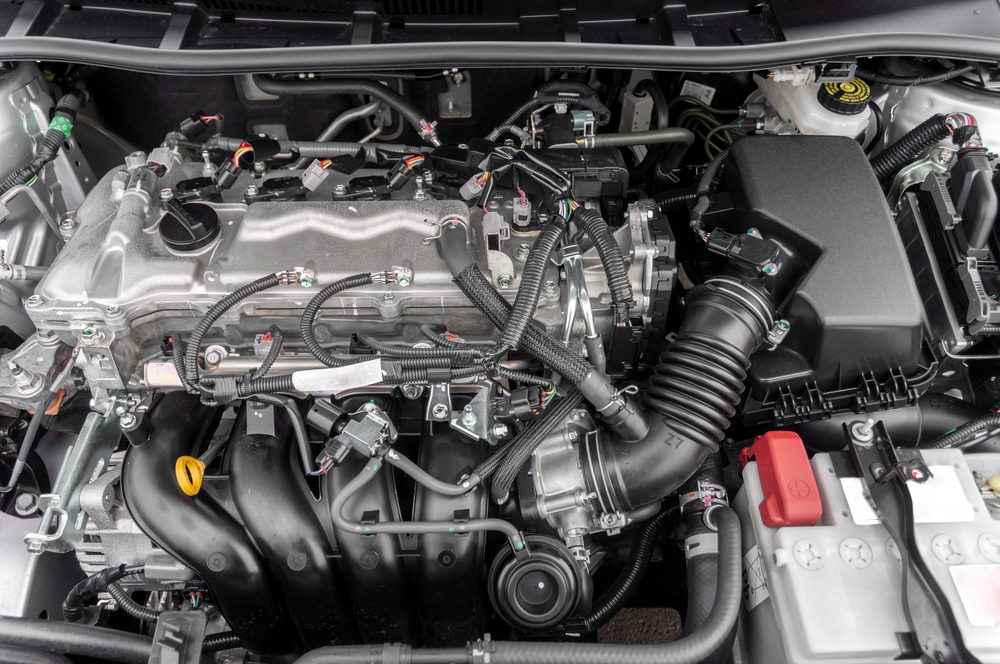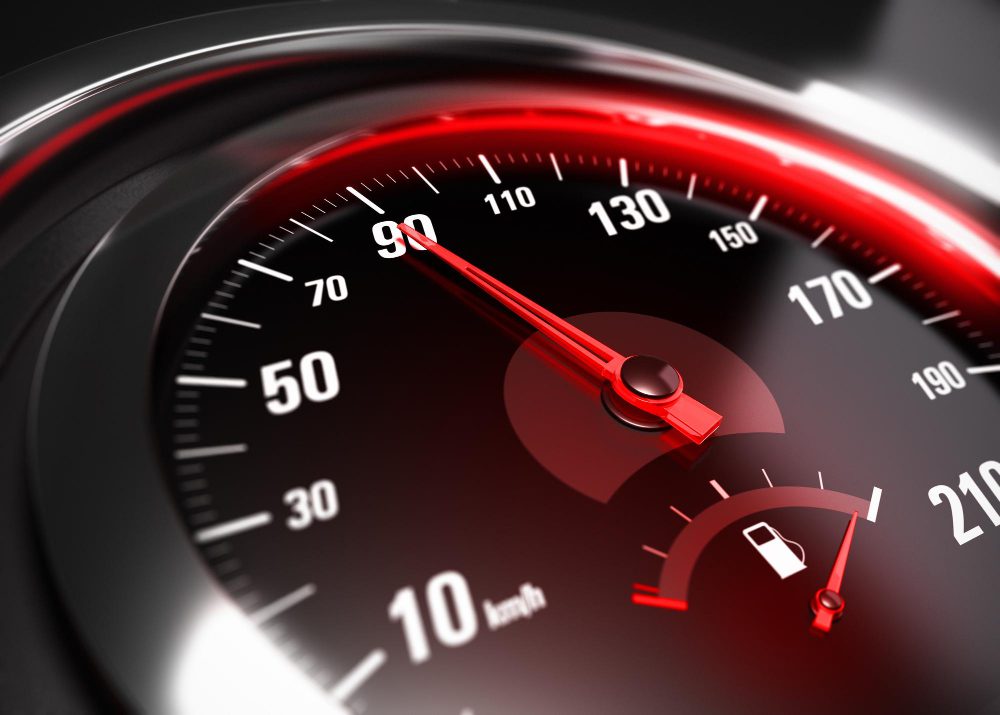Where is car PCM located?
Introduction
The Powertrain Control Module (PCM) plays a vital role in the operation of modern vehicles. It is responsible for controlling several key systems, including the engine, transmission, and emissions. While the PCM is an essential component, many car owners may not be aware of its actual physical location within their vehicle. In this article, we will explore where the PCM is typically located in a car, providing valuable information for those seeking to understand their vehicle’s inner workings.
The Purpose of the PCM
Before we delve into the location of the PCM, let’s briefly touch on its purpose. The PCM acts as the brain of the vehicle, collecting data from various sensors and making real-time adjustments to optimize performance and efficiency. It receives inputs from sensors monitoring factors such as engine temperature, air intake, and oxygen levels in the exhaust gases. With this data, the PCM can adjust fuel injection, ignition timing, and other variables to ensure the engine operates at its best.
Why is the PCM Important?
The PCM’s role in managing key systems makes it a critical component of modern vehicles. By constantly monitoring and adjusting parameters, it helps optimize fuel economy, reduce emissions, and maintain performance. Additionally, the PCM stores diagnostic trouble codes (DTCs) that can be read using a scan tool, aiding in troubleshooting and identifying potential issues. Therefore, understanding the location of the PCM can be useful for both vehicle owners and mechanics.
Typical Locations of the PCM
The PCM can be found in different locations depending on the make, model, and year of the vehicle. However, there are a few common areas where manufacturers tend to place the PCM. Here are the most frequent locations:
- Under the hood: In many vehicles, the PCM is located in the engine compartment. It is often mounted on the firewall or near the front of the vehicle, close to the main engine harness.
- In the passenger cabin: Some car manufacturers choose to place the PCM inside the passenger compartment, typically beneath the dashboard. This location offers better protection from extreme temperatures and environmental factors.
- Near the battery: Another common location for the PCM is near the vehicle’s battery. This position allows for easier access during diagnostics and makes it simpler to connect scan tools or other diagnostic equipment.
Manufacturer-specific Locations
It is important to note that some manufacturers may have specific locations for the PCM within their vehicles. It is recommended to consult the vehicle’s owner manual or contact the manufacturer directly to determine the exact location of the PCM in a specific make and model.
In Conclusion
The PCM is a crucial component of a vehicle’s powertrain system. While its physical location may vary, understanding where to find the PCM can be beneficial for both car owners and mechanics. By knowing its location, vehicle owners can familiarize themselves with their vehicle’s inner workings and perform basic diagnostic checks. For more complex issues, consulting a professional mechanic or referencing the appropriate service manual is always recommended.
How do I know if my PCM is getting power?
Checking for Power
To determine if the Powertrain Control Module (PCM) in your car is receiving power, you can perform a simple check. The PCM is responsible for controlling various functions in your vehicle, so it is essential to ensure that it is receiving the necessary power supply.
One way to check if your PCM is getting power is by using a multimeter. Begin by locating the PCM, which is typically found in the engine compartment or inside the vehicle’s cabin. Once you have located it, carefully disconnect the electrical connector from the PCM.
Using the multimeter, set it to measure DC voltage and connect the positive lead to the power terminal of the PCM. The power terminal is usually labeled as “+B” or “+” and may be colored red. Connect the negative lead of the multimeter to a good ground, such as the vehicle’s chassis or battery negative terminal.
If the multimeter reads a voltage within the expected range, it indicates that the PCM is receiving power. However, if there is no voltage detected, it suggests a potential issue with the power supply to the PCM. In this case, further inspection or professional assistance may be required to diagnose and rectify the problem.
Common Issues
Several factors can contribute to the PCM not receiving power. Some of the common issues include blown fuses, faulty wiring connections, or a malfunctioning ignition switch. It is essential to inspect these components if you suspect a power-related problem with your PCM.
Remember, it is crucial to exercise caution when working with electrical components in your vehicle. If you are unsure or uncomfortable performing the checks yourself, it is always advisable to seek the assistance of a qualified mechanic.
Troubleshooting Steps
If you have established that your PCM is not receiving power, the following steps may help in troubleshooting the issue:
- Check the relevant fuses to ensure they are intact.
- Inspect the wiring harness connected to the PCM for any signs of damage or corrosion.
- If applicable, verify that there is power at the ignition switch and check for any faults.
- Consider testing other components connected to the same power source to determine if there is a broader electrical issue.
- If necessary, consult a professional mechanic or refer to your vehicle’s service manual for specific diagnostic procedures.
Conclusion
Ensuring that your car’s PCM is receiving the required power supply is vital for smooth operation and proper functionality of your vehicle. By following the steps outlined above, you can determine if there is an issue with the power supply to your PCM and take appropriate action to resolve it. Remember, if you are uncertain or uncomfortable with performing these checks, it is best to seek professional assistance to avoid any potential risks.



